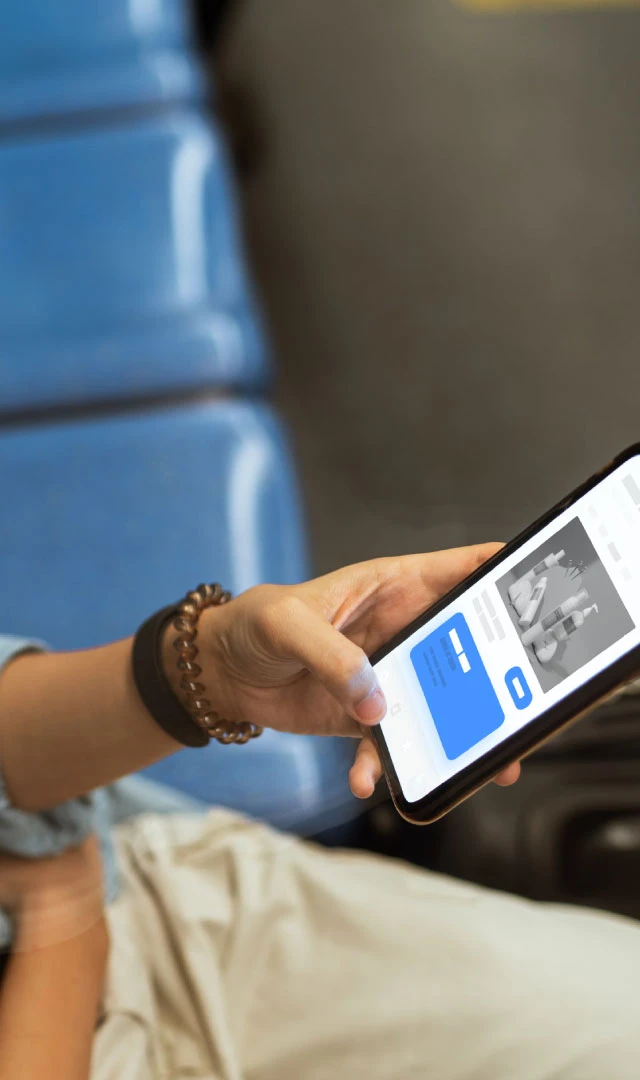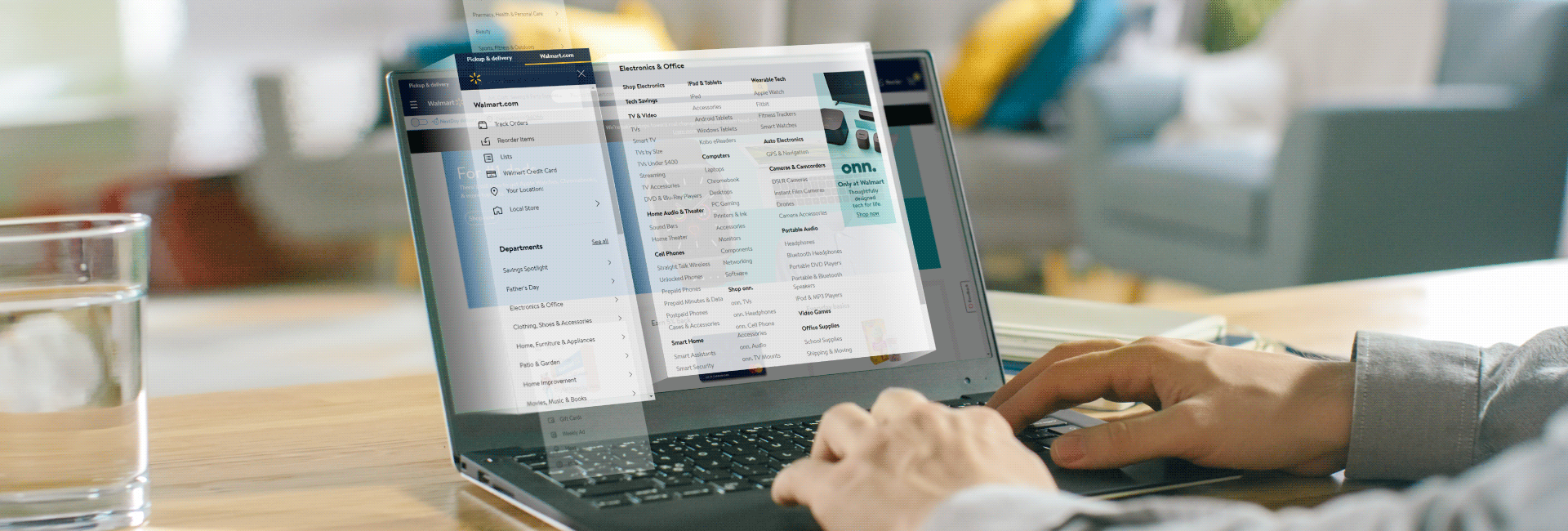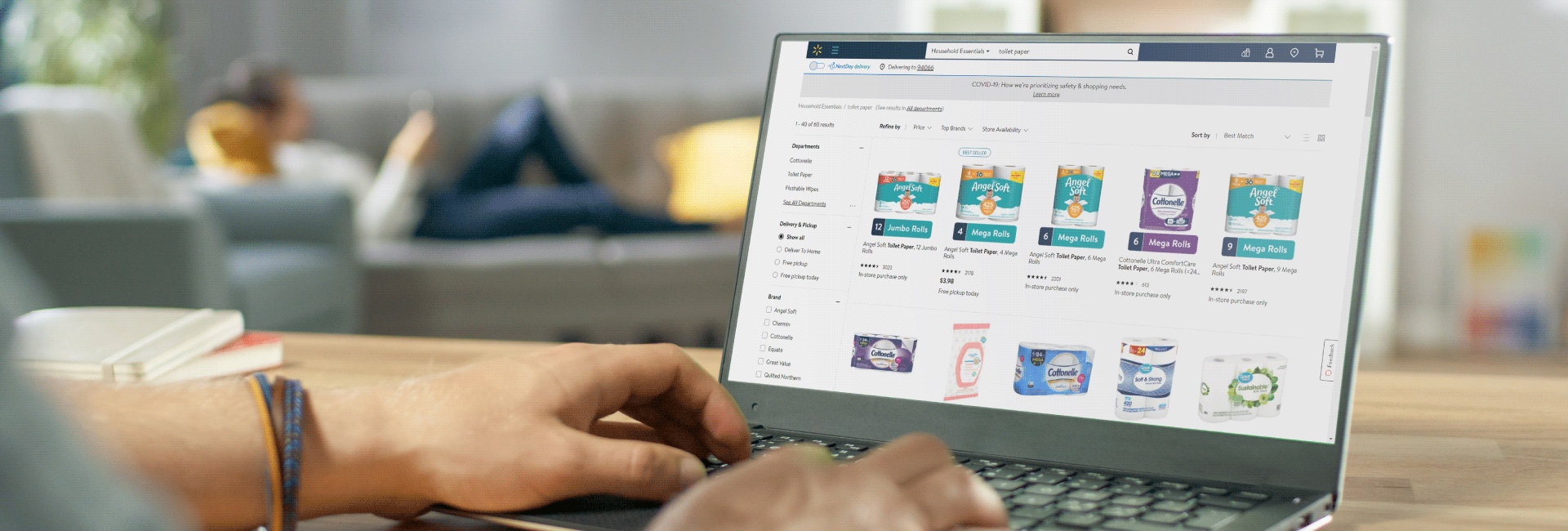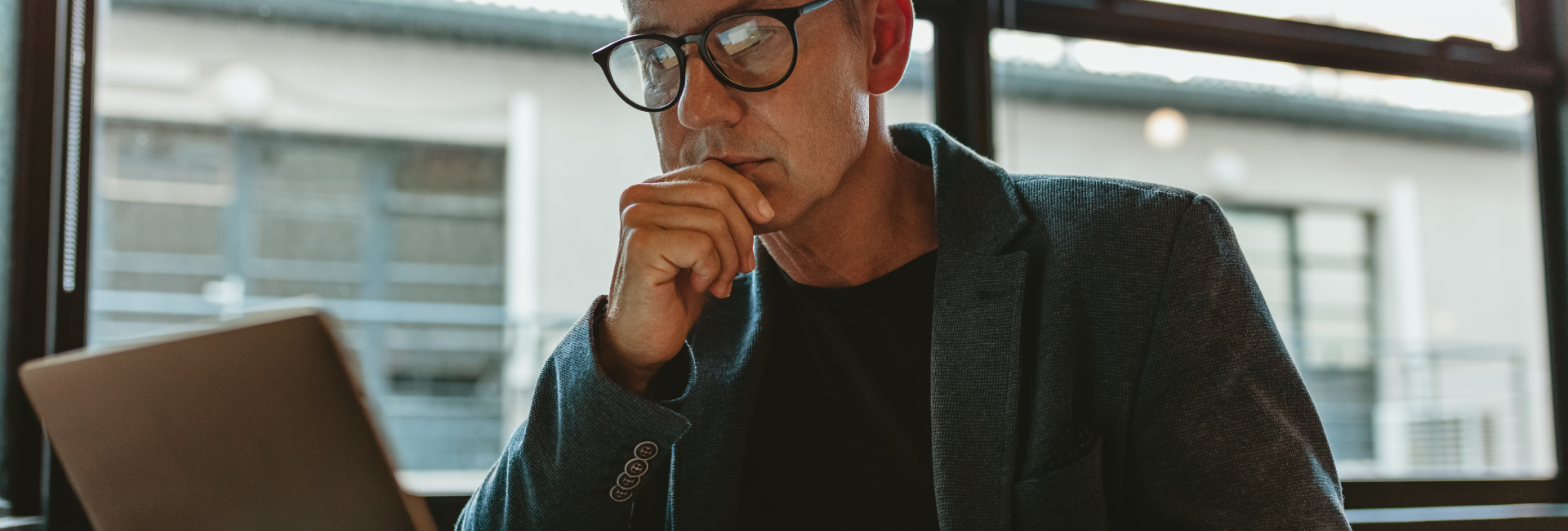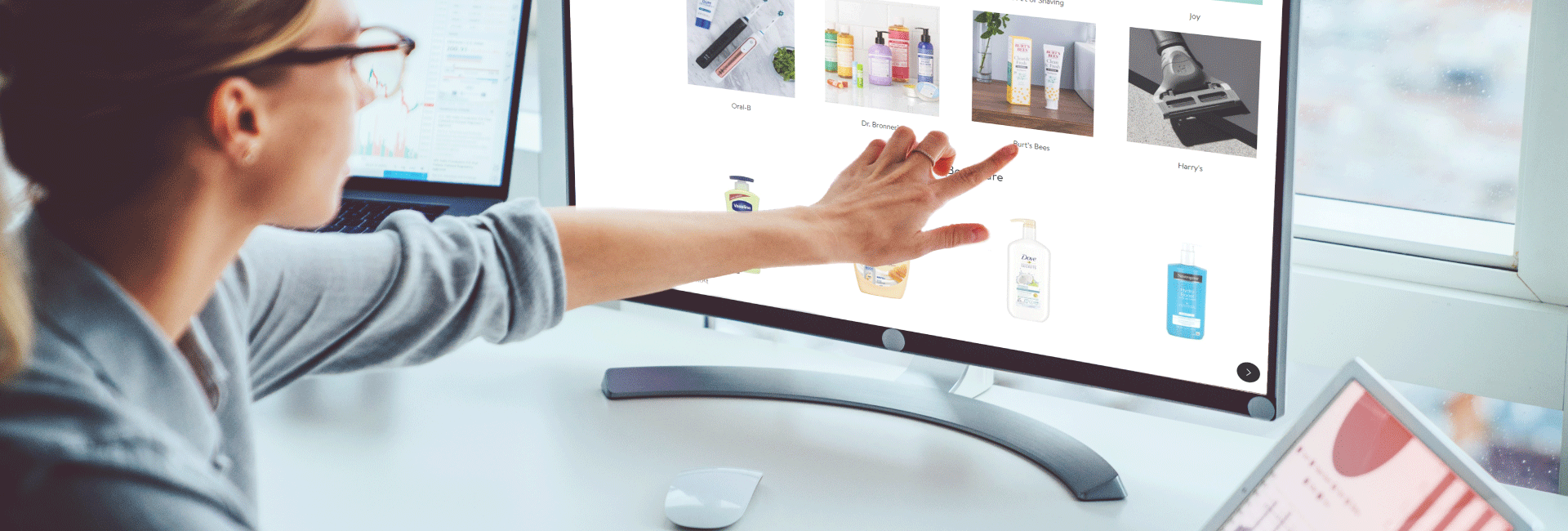Advertising
Behavioral research
Categories
Ecommerce
Shopper
For the end of 2019, we compiled a list of most valuable behavioral insights that will give you a clear view in 2020. These insights are platform- and channel-specific, making them highly actionable and tailored to the environment in which you are operating. Read on for the best of our knowledge built up by examining various shopper, social media, and e-commerce solutions.
Top 5 behavioral insights for 2020, by channel:
1. Brick-and-mortar
Stated purchase intent overestimates actual purchase behavior by 25% to 70%
Let’s get back to the self-evident basics – what consumers say is not always what they actually do. This is a part of what makes us human and how our brains are wired – we are biased when making assumptions about the future, and very often overly optimistic when claiming that we would try or buy a product. When we get to an actual store, our behavior is influenced by a million other factors, and we often make purchase decisions in a split second, powered by our System 1 thinking. In a traditional research setup, e.g., a focus group or a survey, we can take our time and use our System 2 thinking to formulate the right decision and opinion.
That is where behavioral research steps in – it allows us to bypass all the pitfalls of decision-making and get to the hard-wired behaviors, as shown by our gaze patterns, facial expressions, and quick reactions.
Knowing this, you won’t be surprised by the fact that the stated purchase intent is wildly overestimated in comparison to shopping behavior in front of a virtual shelf in some of the studies we conducted. Using purchase intent as a vital KPI when measuring the potential success of your product is unreliable and risky.
We believe that purchase intent should be measured in a relevant context with real products. If you rely on asking people about their intent, they might overestimate the chances of buying the product by 70% – this doesn’t sound like a very good metric to base business decisions on.
On the other hand, studies have shown that virtual shopping has a very high and reliable correlation with real, in-store data by Nielsen – as high as 0.8. Virtual shopping and other implicit methods are much more reliable in assessing the true potential of your products or marketing materials.
Be wary of what consumers say – it’s what they do that counts.
2. Twitter
6 seconds – enough time to get a message across in a Twitter ad
Recent studies have shown that video ads are incredibly compelling – they can create brand impact in a matter of seconds after playing. Our mobile advertising study for Twitter found that short-form, clearly branded, sound-off videos, significantly improve ad recall and message association.
Based on the results of our study, Twitter has recently introduced a completely new ad format – biddable six-second video ads. In it, advertisers will only be charged after their ad is viewed for at least six seconds, with at least 50% of the pixels, effectively ensuring they pay only for the genuinely interested viewers. This is another exciting format innovation from the team at Twitter, who are continuously exploring unforced and serendipitous ways to help the users get promoted content that matters to them.
How do you optimize your ads to make the most of Twitter’s platform?
Make the content clearly branded – tweets with both the logo and brand included generated 13% more buyers. Additionally, mentioning the brand in the post copy, AND using a product shot in the footage also increased purchase intent. When it comes to the position of the logo, we found that the upper left corner (the one closest to the avatar/user name/profile pic) works the best for boosting recall.
3. Facebook
In-context social media testing is far superior to forced exposure
It is not easy to grab the attention of ad-avoidant consumers of the digital era. We are always surrounded by a slew of messages and visuals – which is why showing a standalone, full-length ad during advertising testing is just not going to cut it. Why? Aside from a delayed and conscious ad assessment, this approach entails forced exposure of the tested material to the consumer. A critical precondition to evaluating ads is checking if they manage to reach the consumer and get noticed in its natural environment, to begin with.
If the visibility for a tested post is 100% in standalone mode with a 30% visibility of the brand name in the last few seconds of the video, and the same ad has an 80% in-context visibility, you can expect that the brand will be 20% less visible in this case as well. If you only test in standalone mode, you might get useful information about the later parts of your ad – but the fact is that most people don’t get past the first 1-3 seconds of the ad. Forced exposure can often provide you with overly optimistic insights.
Testing in context is vital, and settling for less-than-convincing testing environments will soon become a thing of the past. We should strive to get testing conditions as close to reality as possible. So far, we have two great options: simulated social media feeds, and ad insertion in the respondent’s own feed. Our study shows the two methods yield the same insights, regardless of the difference in browsing behaviors: users browse slightly faster through their own feeds than through simulated ones. Still, both testing environments delivered the same conclusion on the tested ads, supporting the other method’s accuracy with findings.
A cherry on top: Ads on the top of the feed have significantly higher attention
Another thing this study shows us is that the position of the tested post in the feed makes for quite a big difference. Ads positioned near the top of the feed have substantially higher visibility – this is expected and makes sense. Curiously, aside from higher visibility, the ads on top of the feed also had higher attention – 4.6 seconds vs. 3.4 seconds for the last ad in the feed – meaning the quality of the interaction with the ad was higher. Posts that were on the second position in the feed had a visibility of 94%, posts that were on the seventh position 89%, while 75% of viewers saw the posts positioned as the 12th in a row. For us, this is important to keep in mind and vary in our environment design to ensure the highest standards and accuracy of our methodology. Since we can test multiple ads in a single test, we need to make sure we account for the influence of their positioning. However, the advertiser’s industry can also affect this – for example, ads for travel services had below-average attention and visibility even on the top spot in the feed.
More interestingly, though, is will Facebook find another way to monetize this insight? Higher visibility means Facebook’s algorithm ensures the number of impressions by moving certain posts higher up in the feed – but higher attention is vital for advertisers as well. Finding another way to secure a top spot in the feed for a certain period would be a win for brands and the platform alike – we have Twitter’s successful First view ad format to prove it. Although there are considerable differences between the two platforms, we feel that this data speaks for itself. The sooner people see the post when scrolling, the more people will notice it, spend more time looking at it, and recall the brand better.
4. YouTube
The ratio of skippers vs. watchers on pre-roll videos is around 80:20
We recently developed a contextual testing solution specifically for YouTube ads – this enabled us to look into how people engage emotionally and interact with pre- and mid-roll advertisements on the platform. As you already guessed, our study confirmed what we all assume – most people click the skip button as soon as they get the chance. Almost 80% of viewers skip the ad at some point. We were curious to learn more about watching behavior and find ways to combat the intimidating stats. On average, only 20% of watchers continued watching the video in entirety, and 53% of the video’s length was watched.
What can you do about this?
Use lively and uplifting music and present innovative claims throughout the video. Try to hook the viewers, primarily focusing on the seconds right before the skip button appears. More than half of viewers skip the ad in the first two seconds after the button shows up, so try to boost interest during those seconds – even though 5 seconds sounds short, in video ad real estate, that is just enough time to convey the main message. Also, for boosting brand recall, make the brand name or logo visible right off the bat.
When it comes to pre- and mid-roll ads, YouTube has a different set of practices when compared to other, scrollable platforms. People who watch content on YouTube are mostly quite motivated to stay on the page for the duration of the ad to access the content they are interested in. On the other hand, ads on Facebook might make people give up on the content they meant to watch if they have to wait for it, only by scrolling past it. Advertisers should keep this in mind and try to make their ads as relevant to the audience. In those few seconds, before the button appears, they have a considerable chance to arouse interest and keep people watching. After all, if their attention is stuck to the flow of the video, it is as easy as not clicking anything.
5. Amazon
PLP ads on top of the page significantly increase the visibility of the same SKU in the list
We test 40 e-commerce sites a year, and there is one curious insight we came across this year while conducting a comparative study of 3 retailers across 4 categories. To make sure we cover different consumer decision strategies, we’ve included non-food and food categories, and to break it down even further, some of them are impulsive (e.g., chocolate), and some are habitual (cereals, coffee).
We explored how different elements of the retailer’s pages influence shopping behavior, and additionally, how ads found on PLP pages affect the performance of advertised SKUs. Knowing that only a small fraction – 2% of people – end up clicking on the ad itself, we wondered, is it worth placing an advertisement on PLP pages? Are the ads even seen at all, or is there banner blindness? What is the impact of the position of the ad?
Although almost no one clicks on the ads, they do influence shoppers in another way. The way this happens is that the ads subconsciously drive interest in the advertised product, which then gets purchased on its primary position, i.e. the list.
However, this does not work for all products and all categories equally. An uplift in brand purchase can be as high as 40% for different categories, but as low as non-existent for others. We found that if the SKU/product shown in the ad is also available on the list, shoppers are significantly more likely to buy it.
If the communicated SKU is not available on the list (but other representatives of the brand are), the purchase interest might not be affected. Ads at the top of the pages were seen on average 3.9 seconds while ads on the side positions are seen for 1.3 seconds.
Aside from this, there are several other benefits of product list pages that include ads: users browse lists with ads 20% longer than their ad-free counterparts. Online shoppers see 10% more products overall on pages that contain ads, and as a result, there is a 14% increase in product purchase interest.
Conclusion
Regardless of the channel or platform, it is essential to explore the implicit effects they have on your target audiences. Some of these insights are universal to our day and age and work on more than one platform – for example, short-form videos work better on both Facebook and Twitter. Likewise, contextualized testing has the upper hand on both of them in comparison to standalone testing. However, to master them thoroughly, we suggest having separate research strategies and approaches to testing the performance of your product on the ones that have the highest ROI for your business.
This list is just a fraction of the curious and diverse batch of insights we discover in each of our studies – use them in 2020 for a sharp vision of each medium.

![[Luxury journey] 3 ways to triumph at customer experience](https://eyesee-research.com/wp-content/uploads/2021/07/Luxury-journey-3-ways-to-triumph-at-customer-experience.webp)
